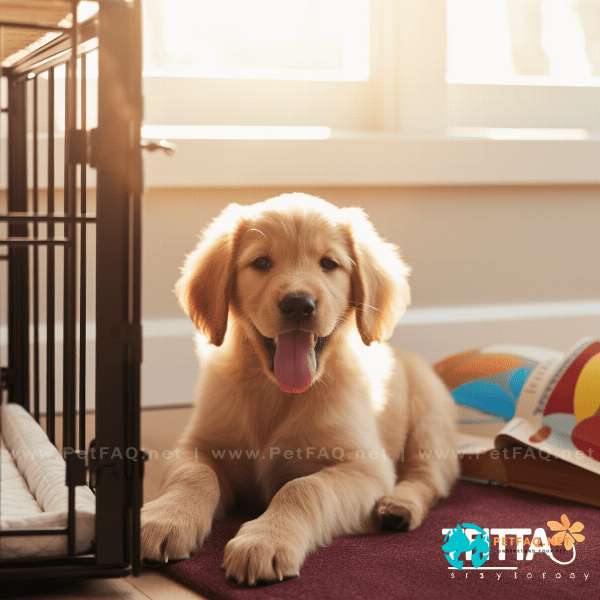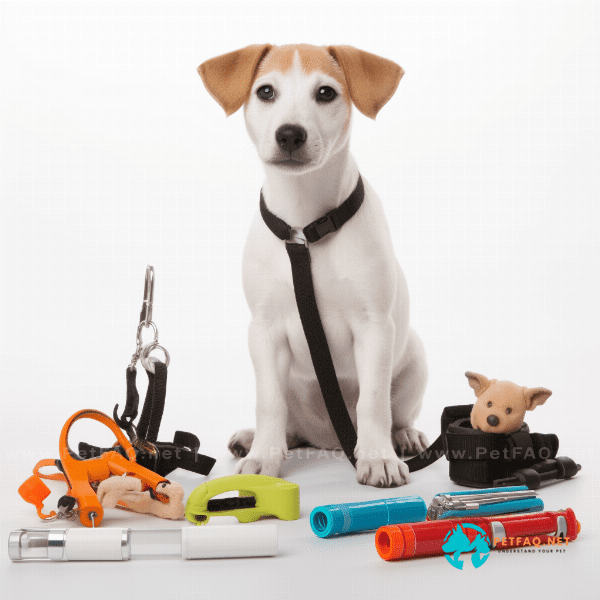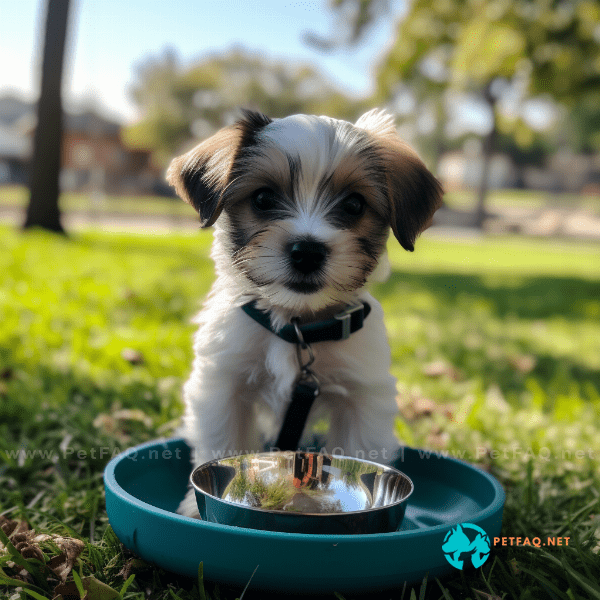Table of Contents
- Understanding the Reasons Behind Puppy Biting
- Setting Boundaries: Teaching Your Puppy What’s Acceptable
- Redirecting Your Puppy’s Biting to Appropriate Chew Toys
- Positive Reinforcement: Rewarding Good Behavior
- Consistency is Key: Keeping Your Training Efforts on Track
- Understanding Your Puppy’s Body Language
- Common Mistakes to Avoid When Training Your Puppy
- Seeking Professional Help: When to Consult a Trainer
- Nipping in the Bud: Dealing with Aggressive Puppy Biting
- Patience and Persistence: Mastering the Art of Stopping Puppy Biting.
Understanding the Reasons Behind Puppy Biting
Puppies explore the world around them with their mouths, and this often includes biting and chewing on objects and people. While this behavior is natural, it can quickly become problematic if left unchecked. Understanding the reasons behind puppy biting is an essential first step towards effectively stopping this behavior.
One of the main reasons puppies bite is to relieve discomfort during the teething process. Puppies go through a teething stage where their baby teeth fall out, and their permanent teeth grow in. This process can be painful and uncomfortable, and biting can help to alleviate some of that discomfort.
Another reason puppies bite is as a form of play. Puppies naturally play with each other using their mouths, and this behavior can carry over when they play with humans. They may bite as a way to initiate play, or as a way to continue playing.
It’s important to note that sometimes puppies may bite out of fear or anxiety. This can be especially true if they haven’t been socialized properly or have had a negative experience with a person or situation.
Understanding the reasons behind puppy biting can help you to address the behavior effectively. By identifying the underlying cause, you can tailor your training approach to suit your puppy’s specific needs. This will make it more likely that you will successfully stop the biting behavior and enjoy a well-behaved furry friend.
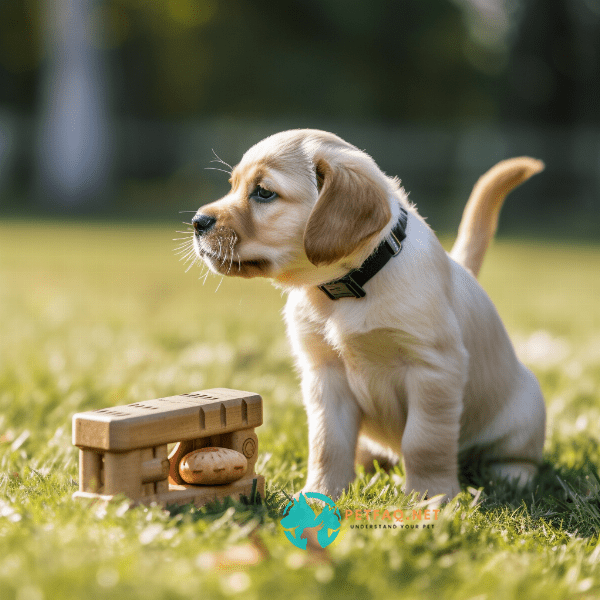
Setting Boundaries: Teaching Your Puppy What’s Acceptable
Teaching your puppy what’s acceptable behavior is crucial in preventing and stopping puppy biting. One of the best ways to set boundaries is by establishing consistent rules and sticking to them.
First, it’s essential to teach your puppy that biting humans is unacceptable behavior. When your puppy bites, say “No” firmly and redirect their attention to an appropriate chew toy. This will teach your puppy that biting humans is not acceptable but biting chew toys is.
It’s also essential to teach your puppy to be gentle with their mouth. This can be done by teaching them to take treats gently from your hand. If your puppy bites down too hard, say “Ouch” in a high-pitched tone, and withdraw your hand. This will teach your puppy that biting too hard hurts and is not acceptable.
Additionally, you can use positive reinforcement to teach your puppy what is acceptable behavior. Reward your puppy when they exhibit good behavior, such as chewing on an appropriate toy instead of biting you. This will help to reinforce positive behavior and make it more likely that your puppy will continue to exhibit that behavior in the future.
Remember, setting boundaries and teaching your puppy what’s acceptable behavior takes time and patience. Consistency is key, and it’s important to reinforce good behavior while discouraging bad behavior. With patience, persistence, and consistency, you can teach your puppy what’s acceptable and enjoy a well-behaved furry friend.
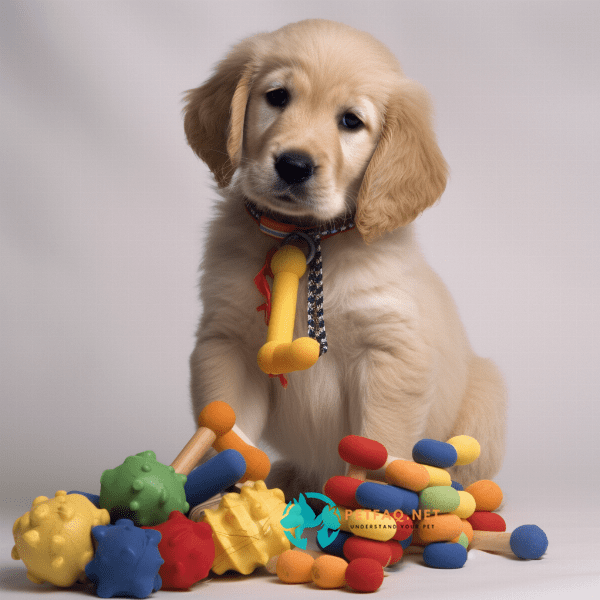
Redirecting Your Puppy’s Biting to Appropriate Chew Toys
Redirecting your puppy’s biting behavior to appropriate chew toys is an essential strategy in stopping puppy biting. Puppies have a natural urge to chew, and providing them with appropriate chew toys can help to redirect their biting behavior.
The first step is to choose appropriate chew toys for your puppy. Look for toys that are specifically designed for puppies, as they will be made with softer materials that are gentle on their developing teeth. Additionally, look for toys that are durable and can withstand your puppy’s chewing.
When your puppy starts to bite, redirect their attention to an appropriate chew toy. You can do this by offering them the toy and encouraging them to chew on it instead of your hands or clothes. If your puppy continues to bite, say “No” firmly and withdraw your attention, which will signal to them that biting is not acceptable.
It’s essential to provide your puppy with a variety of chew toys to prevent them from getting bored with the same toys. Rotate their toys regularly and introduce new ones to keep them engaged.
Remember, redirecting your puppy’s biting behavior takes patience and consistency. With time and repetition, your puppy will learn that biting on appropriate chew toys is acceptable behavior, and you will enjoy a well-behaved furry friend.
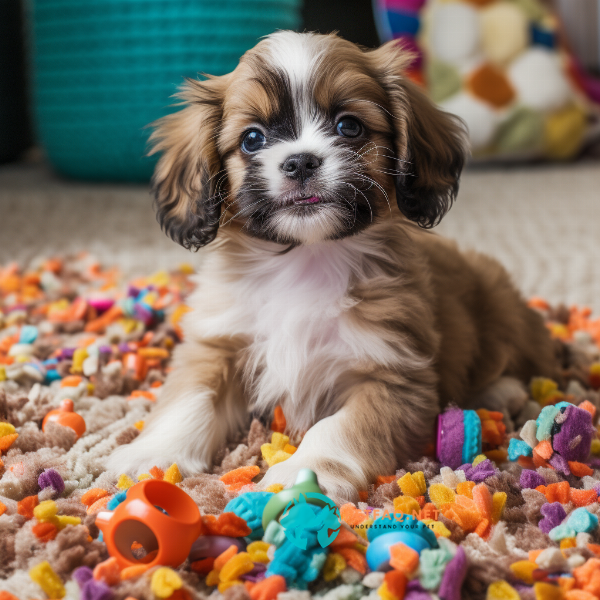
Positive Reinforcement: Rewarding Good Behavior
Positive reinforcement is a powerful tool in stopping puppy biting. It involves rewarding your puppy for exhibiting good behavior and can be a highly effective way to teach your puppy what is acceptable behavior.
When your puppy exhibits good behavior, such as chewing on an appropriate chew toy instead of biting you, reward them immediately with praise and a treat. This will reinforce the positive behavior and make it more likely that your puppy will exhibit that behavior in the future.
It’s essential to be consistent with your rewards and praise. Consistency is key in helping your puppy understand what is expected of them. Use treats, toys, and positive reinforcement to teach your puppy that biting is not acceptable, and that chewing on appropriate toys is a good behavior.
Remember to keep your rewards appropriate for the behavior. Offering too many treats or over-praising your puppy can be counterproductive and may even encourage bad behavior.
Incorporating positive reinforcement into your training routine takes time and patience. It’s important to be consistent and to reward good behavior while discouraging bad behavior. With patience and persistence, you can use positive reinforcement to teach your puppy what is acceptable behavior and enjoy a well-behaved furry friend.
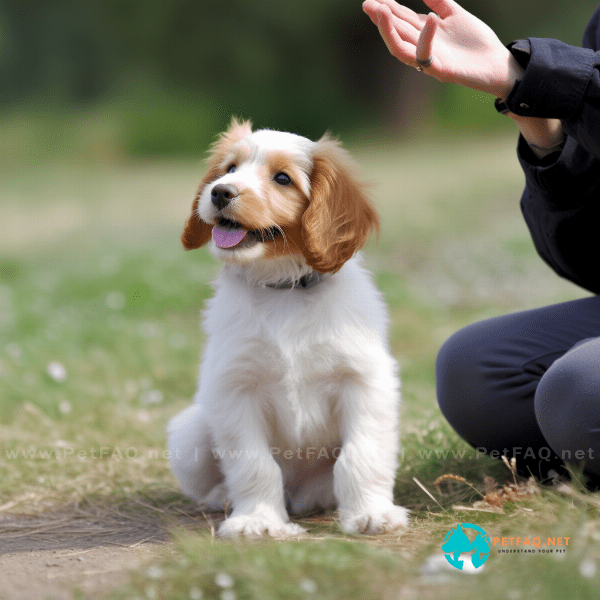
Consistency is Key: Keeping Your Training Efforts on Track
Consistency is key in stopping puppy biting. It’s important to establish consistent rules and routines and to stick to them. This will help your puppy understand what is expected of them and will make training more effective.
One of the best ways to stay consistent is to establish a regular training routine. This can include daily training sessions where you work on teaching your puppy what is acceptable behavior. It’s important to set aside dedicated time for training and to make it a part of your daily routine.
Consistency also means establishing consistent consequences for bad behavior. If your puppy bites, for example, it’s important to respond in the same way every time. This could involve saying “No” firmly, redirecting their attention to an appropriate chew toy, or withdrawing your attention. The key is to respond consistently to help your puppy understand that biting is not acceptable behavior.
It’s important to involve everyone in your household in your training efforts to maintain consistency. Everyone should understand the rules and routines and be on board with the training plan. This will help to prevent confusion and will ensure that your puppy receives consistent training from everyone.
Incorporating consistency into your training efforts takes time and effort. However, it’s an essential part of stopping puppy biting and will help to ensure that you have a well-behaved furry friend. Remember to stay patient, stay consistent, and enjoy the process of training your puppy.
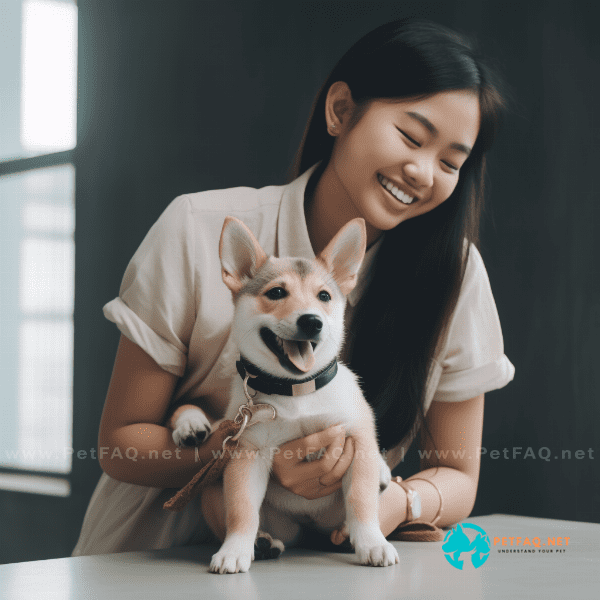
Understanding Your Puppy’s Body Language
Understanding your puppy’s body language is an important aspect of stopping puppy biting. Puppies communicate with their bodies, and understanding their signals can help you to anticipate and prevent unwanted behavior.
One of the most obvious signs that your puppy is about to bite is when they start to growl or bark. These are warning signs that your puppy is feeling anxious or threatened and is about to bite. It’s important to respond quickly to these signals by redirecting their attention to an appropriate chew toy or by withdrawing your attention.
Another important aspect of understanding your puppy’s body language is to pay attention to their overall demeanor. If your puppy is feeling agitated or restless, they may be more likely to bite. Similarly, if they are feeling calm and relaxed, they are less likely to exhibit unwanted behavior.
It’s also important to pay attention to your puppy’s body language when you are playing with them. If your puppy becomes over-excited or over-stimulated, they may start to bite as a way of releasing their energy. It’s important to take regular breaks during playtime to allow your puppy to calm down and refocus their attention.
Incorporating an understanding of your puppy’s body language into your training efforts takes time and patience. However, it can be an effective way to anticipate and prevent unwanted behavior, including puppy biting. With time and practice, you can learn to read your puppy’s signals and enjoy a happier, more well-behaved furry friend.
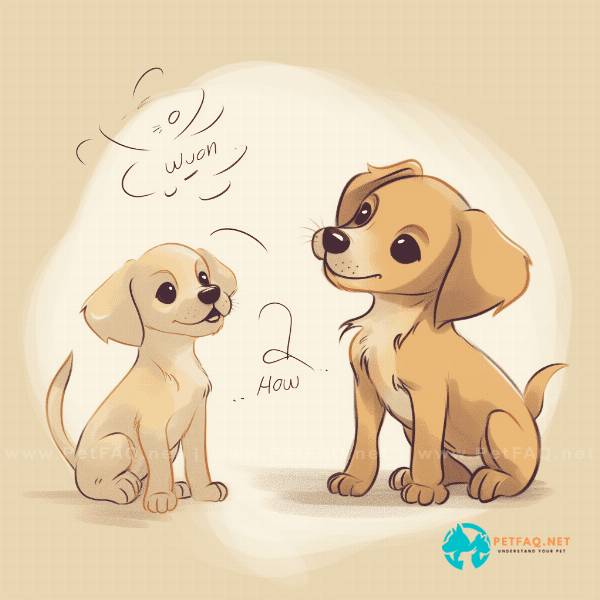
Common Mistakes to Avoid When Training Your Puppy
Training your puppy to stop biting can be challenging, and there are several common mistakes that owners often make. Avoiding these mistakes can help to make your training efforts more effective and successful.
One of the most common mistakes is failing to establish consistent rules and routines. Consistency is essential in stopping puppy biting, and it’s important to establish clear expectations and consequences for unwanted behavior. Without consistency, your puppy may become confused and may not understand what is expected of them.
Another common mistake is punishing your puppy for biting. Punishment can be counterproductive and can actually encourage bad behavior. Instead, it’s important to redirect your puppy’s attention to an appropriate chew toy and to provide positive reinforcement for good behavior.
Overreacting to biting is also a common mistake. Puppies explore their world through their mouths, and biting is a natural part of their development. Overreacting to biting can make your puppy more anxious and may even encourage them to bite more.
Finally, it’s important to avoid over-treating your puppy. While treats can be an effective form of positive reinforcement, offering too many treats can be counterproductive and may even encourage bad behavior.
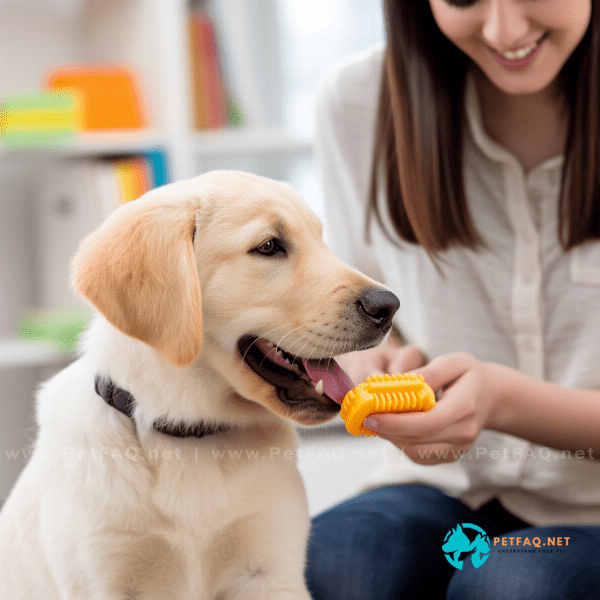
Seeking Professional Help: When to Consult a Trainer
While most cases of puppy biting can be addressed with consistent training and patience, there may be times when it’s necessary to seek professional help. Consulting with a professional trainer can help to address more complex issues and can provide additional resources and support for your training efforts.
One sign that it may be time to consult a trainer is if your puppy’s biting is severe or aggressive. This may include biting that causes injury or biting that is accompanied by growling or snarling. A trainer can work with you to address these behaviors and to develop a plan for managing your puppy’s aggression.
Another sign that it may be time to consult a trainer is if your training efforts are not working. Despite your best efforts, some puppies may require additional support and guidance to stop biting. A trainer can work with you to develop a customized training plan that meets your puppy’s unique needs and can help to address any underlying issues that may be contributing to their biting.
Finally, if you are feeling overwhelmed or frustrated with your training efforts, it may be time to seek professional help. A trainer can provide additional resources and support to help you stay on track and to address any challenges that you may be facing.
Incorporating the support of a professional trainer can help to make your training efforts more effective and successful. Remember that it’s important to stay patient and persistent and to enjoy the process of training your puppy to be a happy, well-behaved furry friend.

Nipping in the Bud: Dealing with Aggressive Puppy Biting
Puppy biting is a natural behavior, but it can quickly escalate into aggressive biting if not addressed early on. Aggressive biting is characterized by biting that is forceful, persistent, and accompanied by growling or snarling. It’s important to address aggressive biting as soon as possible to prevent it from becoming a long-term behavior issue.
One effective way to deal with aggressive puppy biting is to redirect their biting to an appropriate chew toy or bone. When your puppy starts biting aggressively, say “No!” firmly and offer them a chew toy or bone to redirect their attention. This teaches your puppy that biting people is not acceptable, but biting appropriate objects is okay.
Another effective way to deal with aggressive puppy biting is to socialize them with other dogs and people. Socialization helps to reduce fear and anxiety and can help to prevent aggressive behaviors. Take your puppy to puppy playgroups or training classes, and expose them to a variety of people, places, and experiences.
It’s important to note that aggressive puppy biting should never be met with punishment or physical force. This can actually make the behavior worse and can damage the bond between you and your puppy. Instead, focus on positive reinforcement, consistency, and patience to help your puppy overcome their aggressive biting tendencies.
If your puppy’s aggressive biting persists despite your best efforts, it may be time to consult with a professional trainer or behaviorist. They can provide additional guidance and support to address your puppy’s behavior and to help you develop a customized training plan that meets their unique needs.
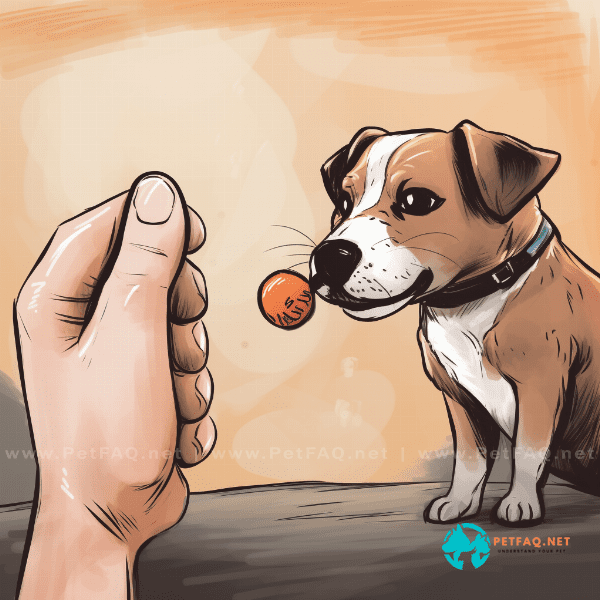
Patience and Persistence: Mastering the Art of Stopping Puppy Biting.
Stopping puppy biting can be a challenging process, but with patience and persistence, it is possible to master the art of training your puppy to stop biting. Remember that puppy biting is a natural behavior and it takes time and effort to teach your puppy what is acceptable.
One of the keys to success is to be consistent in your training efforts. Establish clear rules and boundaries for your puppy, and make sure that everyone in your household is following them. This helps your puppy to understand what is expected of them and can prevent confusion.
Another important factor is to be patient with your puppy. Puppies are still learning and growing, and it takes time for them to understand what you want from them. Avoid getting frustrated or angry with your puppy, as this can undermine your training efforts and damage your relationship with them.
Positive reinforcement is also a powerful tool for stopping puppy biting. Reward your puppy when they behave well, such as when they stop biting on command or redirect their attention to an appropriate chew toy. This helps to reinforce good behavior and encourages your puppy to continue behaving well.
Finally, it’s important to remember that stopping puppy biting is not an overnight process. It takes time, effort, and consistency to change your puppy’s behavior. Keep practicing, stay patient and persistent, and celebrate small victories along the way. With time and effort, you can teach your puppy to be a happy, well-behaved furry friend.
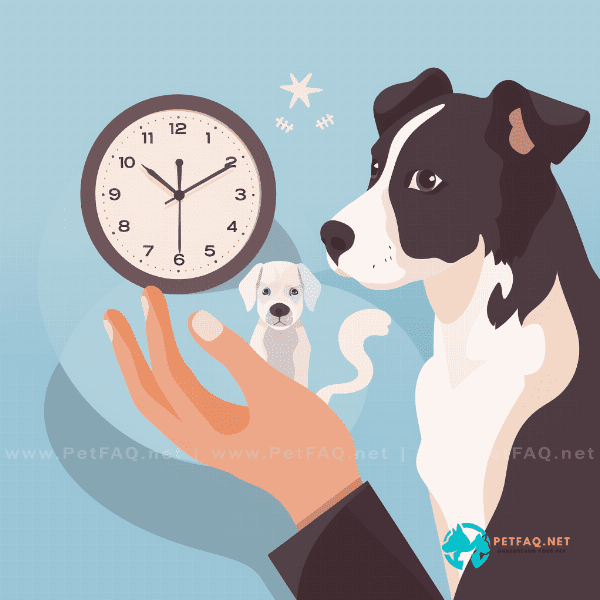
Frequently Asked Questions (FAQs) about Stop puppy biting:
1. Is it okay to use punishment to stop puppy biting?2. What are some common mistakes people make when trying to stop their puppy from biting?
3. Are there different types of biting behavior in puppies?
4. What are some techniques for stopping puppy biting?
5. What are some negative consequences of allowing a puppy to continue biting?

